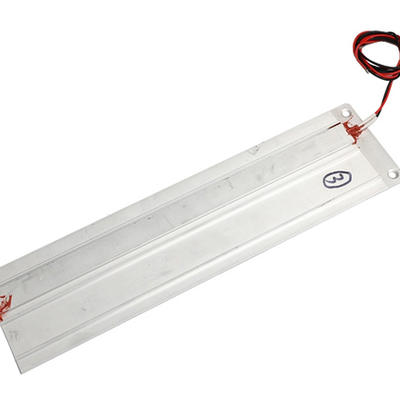Thermostats
1. Product introduction of Thermostats
Thermostats are generally composed of two parts: temperature detection and temperature control. Most thermostats also have alarm and protection functions.
Thermostat, according to the temperature change of the working environment, physically deforms inside the switch, thus producing some special effects, producing a series of automatic control elements with on or off actions, or providing temperature data for the circuit according to different working principles of electronic components at different temperatures, so as to collect temperature data for the power supply circuit. The measured temperature is automatically sampled and monitored in real time by the temperature sensor. When the collected temperature is higher than the control set value, the control circuit is started, and the control back difference can be set. If the temperature is still rising, start the overrun alarm function when it reaches the set overrun alarm temperature point. When the controlled temperature can't be effectively controlled, in order to prevent the equipment from being destroyed, the equipment can be stopped to continue running through the function of tripping. It is mainly used in various power distribution cabinets used in various industries, household refrigerators, air conditioners and other related temperature use fields.
Mechanically, two layers of metals with different thermal expansion coefficients are pressed together. When the temperature changes, its bending degree will change. When it bends to a certain extent, the circuit will be connected (or disconnected) to make the refrigeration (or heating) equipment work.
Electronically, the temperature signal is converted into an electrical signal by temperature sensing devices such as thermocouples and platinum resistors, and the relay is controlled by circuits such as single chip microcomputer and PLC to make the heating (or cooling) equipment work (or stop).
Thermostats Manufacturers


































































































































